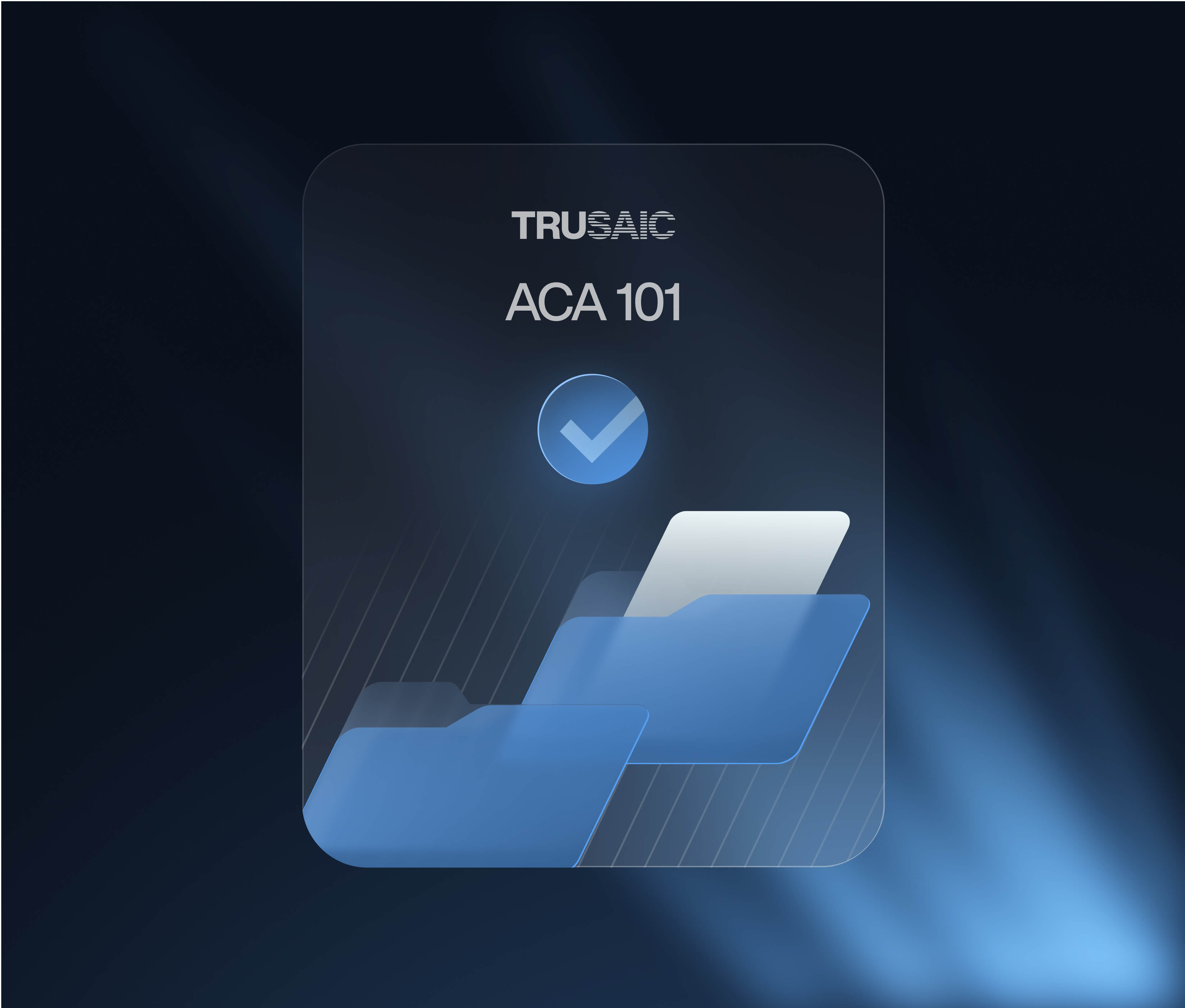Want more expert insights on the topic of pay equity? Access our entire Pay Equity Deep Dive Series.
Part IV of the series provided an overview of how to develop a remediation strategy. This step of the process occurs once you’ve created your Pay Analysis Groups (PAGs), consolidated and refined your Wage Influencing Factors (WIFs), and conducted reliability and robustness testing.
As part of developing your remediation plan, you’ll want to consider your available budget, how best to allocate it, and best practices for conducting an employee-level review.
Budget Considerations
The remediation options discussed in Part IV assume that an organization has the resources to fully remediate the pay inequities identified. That’s often not the case. When resources are limited, however, there are ways to make progress on addressing pay inequities while spending less on remediation. In this section, we outline three options. Please refer to the illustrative example of remediation strategies as outlined in Part IV.
Note that when resources are limited, we do not recommend using a Class + Individual Effect Broad remediation strategy.
Budget Option 1: Set Specific Budget Based on Available Resources
Under this approach, you decide on a specific budget based on available resources. This would be informed by the magnitude of pay disparities, the reliability and robustness of those results, a review of individual employee results (discussed further below), and where pay equity fits in with other objectives of the organization. Let’s assume that you have $200,000 to spend on adjustments.
Budget Option 2: Remediate Those Furthest From Their Prediction
This second option applies only to the Class + Individual Effect Focused strategy. Under this option, you’re deciding who to remediate based on distance from predicted pay. The budget is the resulting cost. For example, you may decide to remediate individuals who are more than 1.5 standard deviations below their predicted pay. To calculate the resulting budget, you calculate the cost to bring those more than 1.5 standard deviations below their predicted pay up to the 1.5 standard deviation mark. Let’s assume that this implies a budget of $300,000.
Budget Option 3: Reduce Pay Disparity Such That It Is No Longer Statistically Significant
For this third option, we’re bringing back the concept of statistical significance. If you’re relying on a 5% significance level to identify pay disparities (i.e., p-value ≤ 0.05), one option is to limit your budget to the amount needed to reduce the size of the disparity to the point where it is no longer statistically significant.
In the Class Effect strategy example in the table in Part IV, let’s assume you need to spend $400,000 to reduce the disparity to the point where the p-value is (just larger than) 0.10. With this p-value, class effect pay disparities would still exist, but would not be considered statistically significant. We refer to this as the “10% Minimum Remediation” budget.
Note that we could calculate the budget needed to reduce the size of the disparity to the point where the p-value is (just larger than) 0.05. This “5% Minimum Remediation” budget would be less than the 10% Minimum Remediation budget. We recommend the 10% option because it builds in a buffer against the disparity returning to statistical significance in the future.
Allocation Considerations
The next question is how to allocate the budget. Budget Option 1 is not tied to a particular strategy. If applied to a Class Effect strategy, the $200,000 available can be used to reduce the largest class disparities. For example, if class disparities for different demographic classes in different PAGs range from 1% to 9% (that is, 99¢ to the dollar and 91¢ to the dollar, respectively), applying $200,000 under this strategy might reduce the largest gaps down to 6%.
Applied to the Class + Individual Effect Focused strategy, the $200,000 can be allocated to those who are the most underpaid. For example, you may find that it costs $200,000 to bring individuals who are more than 1.7 standard deviations below their predicted pay to the 1.7 standard deviation mark. Had the $300,000 of Budget Option 2 been available, no employee would be more than 1.5 standard deviations below their predicted pay. Similarly, perhaps the $400,000 under Budget Option 3 could bring employees up to the 1.3 standard deviation mark.
Each of the budget allocations above targets a different priority. The Class Effect strategy targets those individuals in classes with the largest pay disparities. The Class + Individual Effect Focused strategy targets members of impacted classes who are the most below their predicted pay.
Other allocations are possible as well. For example, if it is important that all 400 employees eligible for adjustments under the Class + Individual Effect Focused strategy receive an increase, pay adjustments can be prorated based on the available budget.
Conducting Your Employee-Level Review
Once you’ve decided on a remediation strategy and budget, it’s time to put it into action. Your remediation strategy will result in a list of individuals identified for a pay adjustment and a proposed adjustment amount. The specific individuals on the list and the adjustment amounts will depend on your selected strategy and budget.
Under a Class Effect strategy in which all members of an impacted class will be receiving the same percentage pay adjustment, the process should be straightforward. Conceptually, all individuals on your list should receive their proposed pay adjustment.
You might be asking, what about members of the impacted class who are already highly paid? What about poor performers? If you’ve selected a Class Effect strategy, technically, highly paid individuals and poor performers should receive an adjustment. In practice, you may decide to set reasonable eligibility requirements.
For example, most companies have relatively few poor performers (e.g., <5%). You may decide that poor performers are ineligible for an adjustment. You may also decide that individuals at the maximum of their pay range will be ineligible for an adjustment. Under a Class Effect strategy, you should expect to make most of the adjustments on your list, after imposing such general restrictions.
Under a Class + Individual Effect strategy (Broad or Focused), you’ll be doing a more thorough review of the individuals on your adjustment list. Recall that under this strategy, adjustments are limited to those whose actual pay is less than their predicted pay. Furthermore, an individual’s predicted pay is based on the WIFs you’ve included in your analysis. It’s possible, and likely, that there are some relevant WIFs that you were unable to include in your analysis due to lack of structured data. Moreover, your analysis may be using proxies for some WIFs.
To ensure the proposed adjustments under a Class + Individual Effect strategy are appropriate, you will want to review the employees on your adjustment list one-by-one. We suggest involving your HR business partners in this review process. The review process will determine if there is a legitimate reason that explains an employee’s lower than predicted pay level (e.g., performance, prior experience, competencies/skills, certification/licensing). If there is no legitimate explanation, then adjust the employee’s pay.
Before beginning the review process, we recommend creating a list of potential legitimate explanations for pay differences. Review this list with your legal counsel and have your reviewers use this approved list during their review. In our experience, under a Class + Individual Effect strategy, you can expect to make roughly two-thirds of the adjustments on your list.
Using Your Employee-Level Review to Inform Future Pay Equity Reviews
As you conduct your review, you’ll identify which legitimate reasons that explain an employee’s lower pay come up more often. We recommend incorporating these into future pay equity reviews. For example, if you determine that employees without a particular credential or certification are paid less than their peers, you may want to begin tracking this information. Once you have collected this information for the relevant employees, you can include it as a WIF in a future pay equity review.
Another common example is relevant prior experience. It’s common to use age as a proxy for prior experience in a pay equity review. However, evidence suggests that using age as a proxy may work well for men but less well for women.
If you find during your review that women are paid less than expected because age is overstating their relevant prior experience, you may want to begin collecting more accurate prior experience information. You can begin to collect data for your current workforce and put in place a mechanism to capture this information for new hires. You can then use this more precise measure of prior experience as a WIF in a future pay equity review.
* * * * * *
Stay tuned for Part VI of our “Pay Equity Deep-Dive” series, which will cover Trusaic’s Salary Range Finder.








